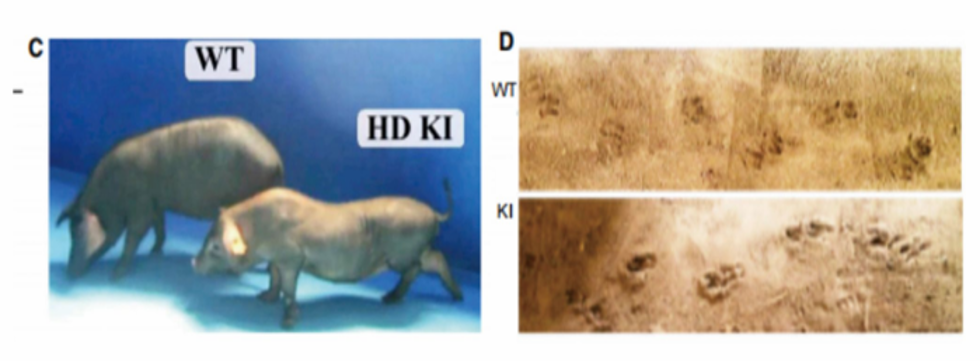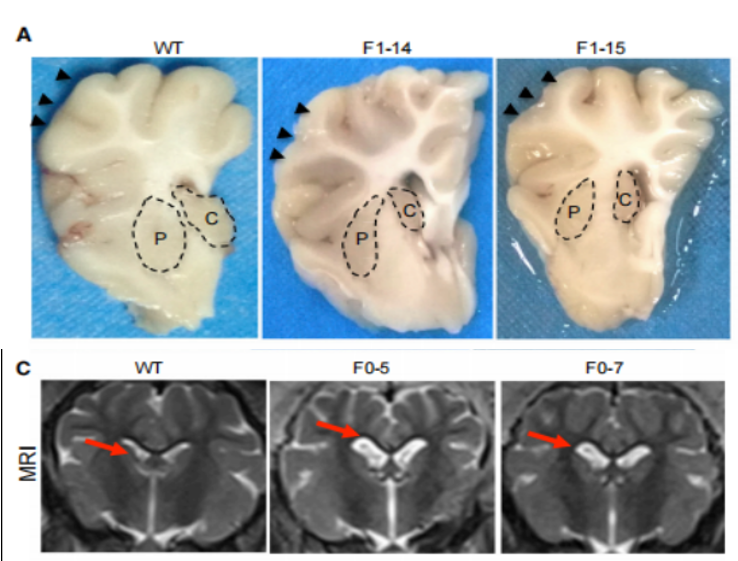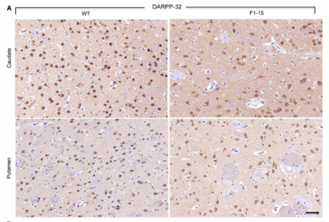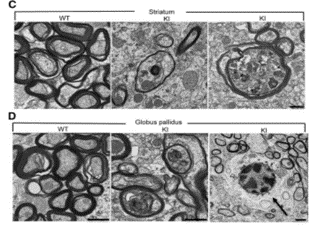Huntington's disease is an autosomal dominant inherited neurodegenerative disorder affecting the basal ganglia and cerebral cortex. It is a rare and fatal progressive neurodegenerative disease, with most patients exhibiting a progressive course of the disease due to dysfunction of the brain's neural functions.
Mice have been widely used to study the mechanism of Huntington's disease and search for clinical treatments, but many therapeutic drugs that are effective in mouse models are not clinically effective in patients.
HD is caused by a single gene mutation that results in an expansion of CAG repeats on exon 1 of the HTT gene, a protein with multiple roles that is uniquely and highly expressed in the nervous system, and is characterized by a preferential loss of midspine neurons in the striatum. This is an ideal disease model, which is the basis for the study of polygenic mutations. Using CRISPR/Cas9 and somatic cell nuclear transfer technology, the HD gene knock-in pig model was constructed.
Pig Breed: The original breed of the pig is Rongshui pig, and its offspring are hybrids with Bama pigs.








